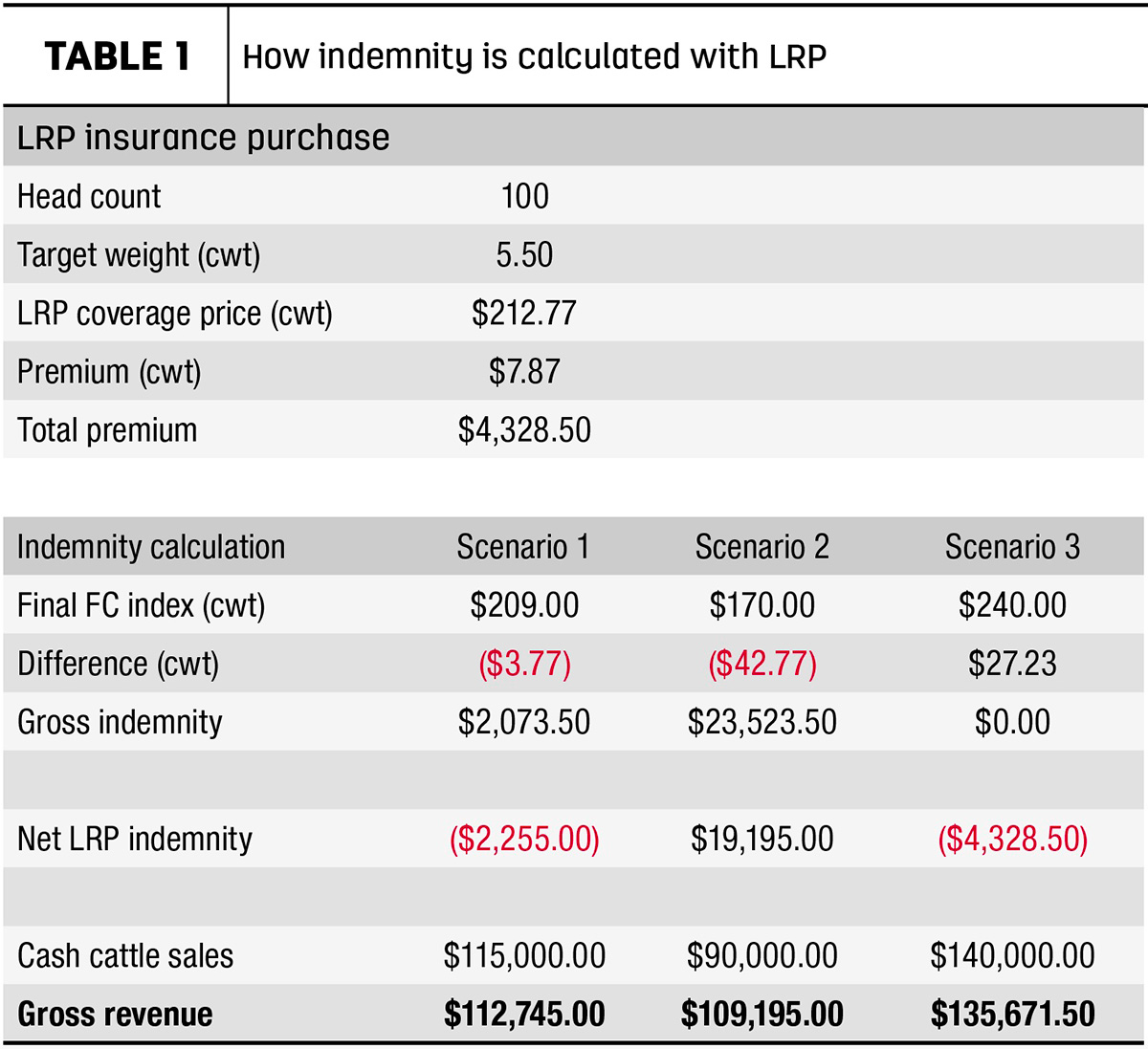Bagley Risk Management Solutions: Your Guard Versus Uncertainty
Bagley Risk Management Solutions: Your Guard Versus Uncertainty
Blog Article
Understanding Livestock Risk Defense (LRP) Insurance Policy: A Comprehensive Overview
Browsing the realm of livestock risk security (LRP) insurance coverage can be a complex undertaking for numerous in the agricultural field. From just how LRP insurance policy operates to the different protection options readily available, there is much to discover in this detailed guide that could possibly shape the method livestock producers come close to risk monitoring in their services.

Just How LRP Insurance Policy Functions
Occasionally, understanding the mechanics of Livestock Risk Defense (LRP) insurance can be complex, yet breaking down how it functions can give quality for farmers and breeders. LRP insurance is a risk management tool developed to safeguard livestock producers against unexpected cost decreases. The plan allows producers to set a coverage level based upon their details demands, selecting the variety of head, weight variety, and protection rate. When the plan is in area, if market value drop below the coverage rate, manufacturers can file a case for the distinction. It is essential to note that LRP insurance coverage is not a profits warranty; rather, it concentrates exclusively on rate risk security. The insurance coverage period typically ranges from 13 to 52 weeks, giving flexibility for producers to choose a period that lines up with their manufacturing cycle. By making use of LRP insurance policy, herdsmans and farmers can reduce the economic risks associated with rising and fall market value, guaranteeing greater security in their operations.
Qualification and Insurance Coverage Options

When it comes to coverage options, LRP insurance coverage provides producers the adaptability to select the protection degree, coverage period, and endorsements that ideal fit their danger administration requirements. By recognizing the qualification standards and protection alternatives available, livestock producers can make enlightened choices to manage threat effectively.
Advantages And Disadvantages of LRP Insurance
When reviewing Animals Risk Protection (LRP) insurance, it is necessary for livestock manufacturers to evaluate the disadvantages and benefits integral in this threat monitoring device.

One of the primary benefits of LRP insurance policy is its capability to offer security against a decline in livestock rates. This can help guard producers from economic losses resulting from market fluctuations. Furthermore, LRP insurance coverage offers a level of adaptability, enabling producers to tailor coverage degrees and plan periods to match their specific demands. By securing an assured rate for their animals, producers can better take care of risk and prepare for the future.
However, there are likewise some disadvantages to consider. One restriction of LRP insurance is that it does not safeguard against all sorts of risks, such as disease outbreaks or all-natural calamities. Costs can occasionally be costly, particularly for producers with large livestock herds. It is essential for producers to thoroughly assess their private danger direct exposure and monetary scenario to determine if LRP insurance coverage is the best danger management device for their operation.
Comprehending LRP Insurance Premiums

Tips for Making The Most Of LRP Benefits
Maximizing the benefits of Animals Threat Defense (LRP) insurance calls for critical planning and proactive risk monitoring - Bagley Risk Management. To maximize your LRP protection, consider the following suggestions:
Regularly Analyze Market Problems: Keep informed regarding market fads and cost variations in the animals industry. By keeping an eye on these factors, you can make informed decisions regarding when to acquire LRP coverage to shield versus prospective losses.
Set Realistic Insurance Coverage Levels: When choosing insurance coverage degrees, consider your production prices, market value of livestock, and prospective risks - Bagley Risk Management. Setting practical insurance coverage degrees makes sure that you are appropriately secured without paying too much for unnecessary insurance policy
Expand Your Protection: As opposed to counting entirely on LRP insurance coverage, think about expanding your danger administration approaches. Combining LRP with various other danger administration devices such as futures contracts or options can offer detailed insurance coverage versus market uncertainties.
Review and Adjust Insurance Coverage Regularly: As market problems alter, occasionally review your LRP coverage to guarantee it straightens with your existing risk exposure. Readjusting coverage degrees and timing of purchases can aid optimize your risk protection strategy. By adhering to these ideas, you can maximize the advantages of visit site LRP insurance coverage and safeguard your animals operation against unanticipated dangers.
Final Thought
Finally, animals threat defense (LRP) insurance coverage is a beneficial tool for farmers to take care of the economic threats connected with their livestock operations. By recognizing just how LRP functions, eligibility and coverage options, in addition to the pros and disadvantages of this insurance coverage, farmers can make enlightened choices to secure their source of incomes. By carefully considering LRP costs and executing strategies to optimize benefits, farmers can minimize possible losses and ensure the sustainability of their procedures.
Livestock producers interested in acquiring Livestock Danger Protection (LRP) insurance can have a peek at this website discover a variety of eligibility requirements and insurance coverage alternatives tailored to their particular animals procedures.When it comes to insurance coverage choices, LRP insurance coverage offers producers the adaptability to pick the insurance coverage degree, coverage duration, and endorsements that finest suit their risk monitoring requirements.To understand the details of Animals Risk Protection (LRP) insurance coverage totally, understanding the variables affecting LRP insurance coverage premiums is critical. LRP insurance coverage premiums are figured out by various components, consisting of the protection level selected, the anticipated price of livestock at the end of the coverage period, the type of livestock being insured, and the size of the insurance coverage period.Review and Adjust Protection Frequently: As market conditions change, regularly evaluate your LRP protection to guarantee it aligns with your existing risk exposure.
Report this page